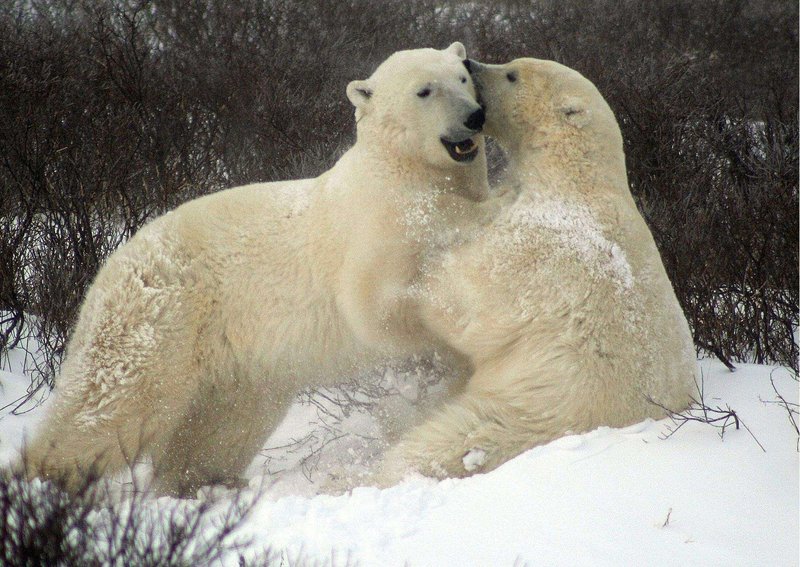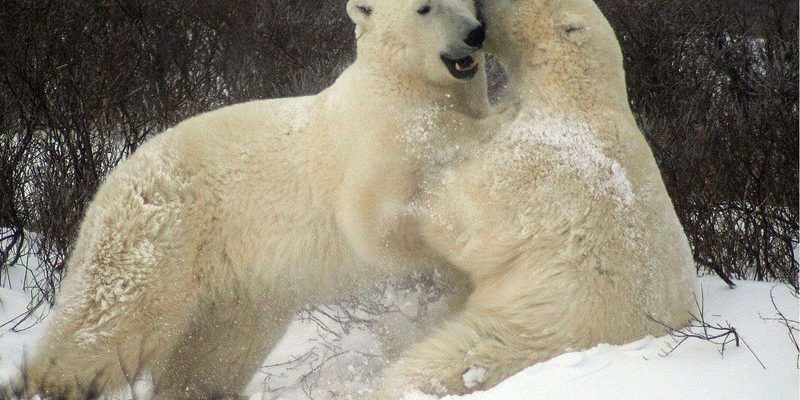
Imagine for a moment sitting in a cozy café, chatting about the polar bear’s mind. It’s not just about their size and strength—there’s a lot happening in that furry head of theirs! From hunting techniques to social behaviors, their intelligence can be surprising. So, let’s dive deeper into how smart these bears really are and what unique traits make them special.
Understanding Polar Bear Intelligence
Polar bear intelligence isn’t just about raw power; it’s about survival in a harsh environment. In fact, their cognitive abilities are finely tuned to help them navigate the icy landscapes of the Arctic. Think of a polar bear’s brain as a toolkit. Each tool is a different ability that helps them hunt, communicate, and adapt to their surroundings.
When it comes to hunting, polar bears display a kind of intelligence that’s all about strategy. They are known to use a technique called still-hunting, where they patiently wait near breathing holes in the ice for seals. This requires not just physical stamina but keen observational skills and the ability to predict seal behavior effectively.
Moreover, polar bears have excellent memory. They can remember the locations of past hunting successes, which is crucial when food sources are scarce. This memory aids them in finding the best spots to hunt, demonstrating their ability to learn from past experiences and adapt their behaviors accordingly.
Adaptation and Problem-Solving Skills
Now, let’s explore how polar bears adapt to their environment. The Arctic is one of the most challenging places to live, and these bears must constantly solve problems to thrive. Their ability to adapt has been honed over thousands of years.
For instance, when sea ice melts due to climate change, polar bears must become more flexible in their hunting strategies. Some may turn to scavenging more often, relying on their problem-solving skills to find alternative food sources when seals are out of reach. This adaptability showcases their intelligence and resilience, which is essential for survival in a rapidly changing habitat.
Polar bears also exhibit innovative behaviors. There have been observations of them using icebergs to their advantage, using these massive floating chunks of ice as platforms to rest and hunt from. Letting creativity guide their actions, these bears show they can think outside the box, literally!
Social Behavior and Communication
You might be surprised to learn that polar bears aren’t solitary creatures all the time. They do exhibit social behaviors, especially during the breeding season and when mothers are raising their cubs. Polar bear mothers teach their young essential skills for survival, like hunting and recognizing danger.
In terms of communication, polar bears have a variety of vocalizations and body languages. They use growls, roars, and even body postures to express themselves. For example, a mother bear will use low growls to communicate with her cubs, guiding them without drawing unwanted attention from potential predators or threats. This ability to communicate effectively highlights their intelligence and strengthens family bonds.
Additionally, when bears encounter each other, they often engage in playful behaviors, which can be a way to establish dominance or social hierarchy. Understanding these social dynamics is critical for survival in the wild, showcasing yet another layer of their cognitive complexity.
Learning Through Observation
One of the remarkable aspects of polar bear intelligence is their capability to learn through observation. They can watch and imitate the behaviors of others, which is crucial for mastering hunting skills and finding food. This learning method is especially beneficial for young bears who are still developing their survival skills.
For instance, if a mother bear successfully catches a seal using a specific technique, her cubs might observe and learn from her actions. This type of observational learning is vital for passing on knowledge from one generation to the next, ensuring that young bears are well-equipped to handle the challenges of their environment.
In addition to hunting techniques, young polar bears also learn about their habitat and what to avoid. This knowledge is often gained by watching adult bears navigate their icy world. Such learning experiences emphasize that intelligence in polar bears is not just instinctual—it’s learned.
The Impact of Climate Change on Polar Bear Intelligence
As we’ve touched on, polar bears are increasingly affected by climate change. The melting sea ice poses serious challenges, forcing them to adapt their strategies and behaviors. This change not only tests their survival skills but also their cognitive abilities.
For example, with less ice, bears might need to travel greater distances to find food. This change requires them to use their memory and navigational skills more than ever. They must adapt quickly to new hunting grounds while still maintaining the intelligence to return to successful locations.
Additionally, polar bears have been observed engaging in more complex behaviors as they adapt to the new realities of their environment. They might alter their hunting patterns or develop innovative ways to find food that they hadn’t attempted before. These shifts indicate a significant cognitive response to the stressors of their changing habitat.
So, how smart is a polar bear? The answer is more complex than one might think. From their ability to adapt and solve problems to their social behaviors and learning capabilities, polar bears demonstrate a level of intelligence that is both fascinating and critical for their survival.
As they navigate the challenges posed by climate change and diminishing habitats, their intelligence plays a crucial role in their ability to endure. Understanding the cognitive abilities and behaviors of these remarkable animals can help us appreciate their place in the ecosystem and the importance of protecting their environment.
In the end, polar bears remind us that intelligence comes in many forms, and sometimes, it’s all about how well you can adapt to what life throws at you—whether you’re a bear in the Arctic or just trying to figure out what to order at that cozy café.

